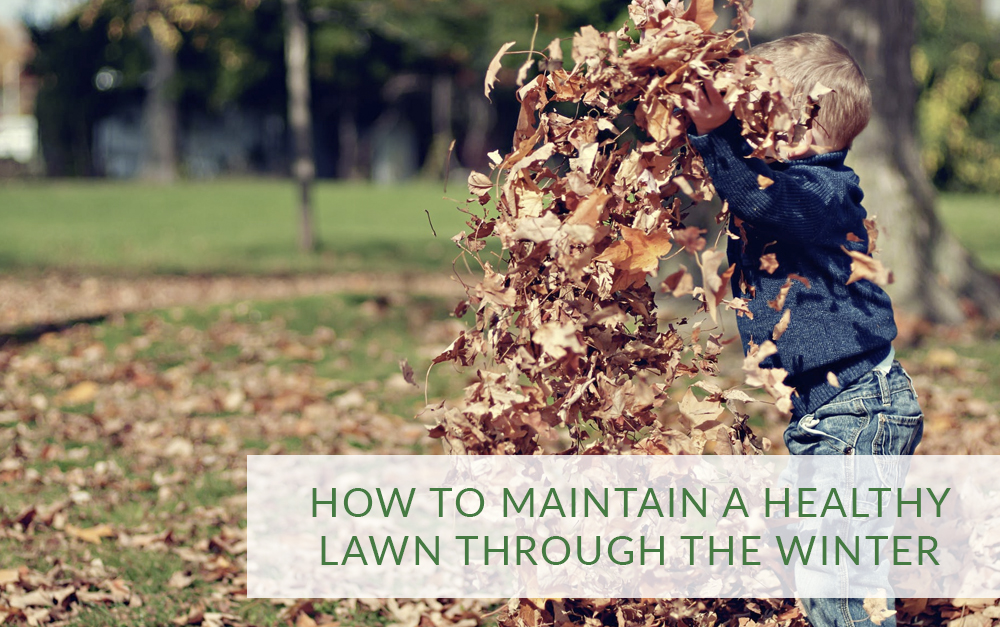Seasonal changes bring new challenges, and this is definitely true when it comes to caring for your lawn. Changing colors in trees may look pretty during the fall, but when your grass turns brown it’s not so great. By making a few simple changes to your lawn care routine, however, you can keep grass healthy and ensure a greener spring.
First let’s address what happens when grass turns brown. We’re often asked: “Is my brown grass dead? Or is it dormant? The good news is that brown grass does not always equal dead grass. Some types of grass go into dormancy in winter when irrigation is reduced, and temperatures drop. If your grass starts to perk up and turn green after it rains, or a regular watering schedule is resumed, then it was just hibernating and will be good and green again in warmer weather.
If your lawn is composed of Fescue grass, it will stay green in the winter, which is why it’s popular choice for California lawns. If you have Bermuda or St. Augustine grass, however, they prefer to go dormant in winter and you’ll have a brown yard until spring. The bonus? No mowing, watering or fertilizing required until spring!
How to fix bare patches in grass
If you notice bald or sparse patches in your yard, now is a good time to fill them in. Just like planting some trees and shrubs in fall is a great way to let them develop strong root systems over the winter, you can also seed your yard to help grass get a jump start on next spring.
Overseeding is the practice of filling in bare patches in a lawn with new grass seeds. Be sure to do this at least a few weeks before the first frost, as it takes about 1-2 weeks for the seeds to germinate, sometimes longer depending on the variety. Follow by fertilizing soil and watering to help seeds settle in.
More winter lawn maintenance tips
Clean up debris: Get rid of leaves, pick up fallen branches, deadhead flowers and dispose or compost to clear your lawn. Letting dead leaves or plant materials cover your grass for a long period of time will encourage mildew, invite rodents or pests to move in, and block sunlight from getting where it’s needed most.
Water less frequently: Since soil is cooler and grass either goes dormant or slows dramatically in growth, it’s not necessary to water as much. Program irrigation systems for shorter periods of time and fewer days, and turn them off completely for up to a week whenever it rains. Overwatering, in fact, can be bad for your lawn’s health as it will encourage the growth of mold, fungus and harmful bacteria that can weaken or kill roots and plants.
Mow less often: Dormant grass doesn’t grow, so put away the lawn mower for a few months. Other cool-weather grasses will grow much slower, meaning you won’t need to mow as often.
If you have questions about winter lawn and landscaping maintenance for residential or commercial properties, call us today at (559) 651-2333 to schedule a consultation. We’ve been providing residential landscaping services throughout Visalia, the San Joaquin Valley, and Central California since 1972 and love nothing better than helping our clients enjoy life outdoors all year round.

